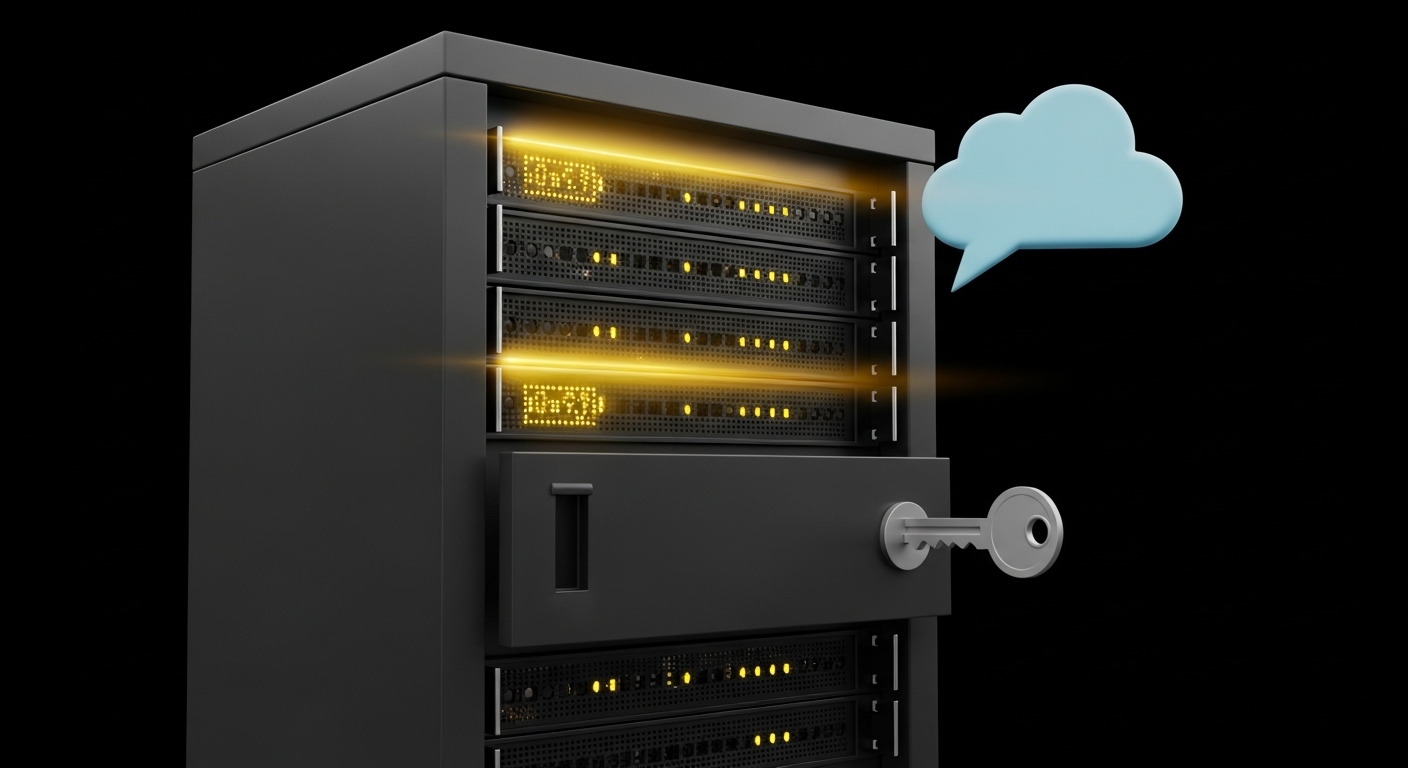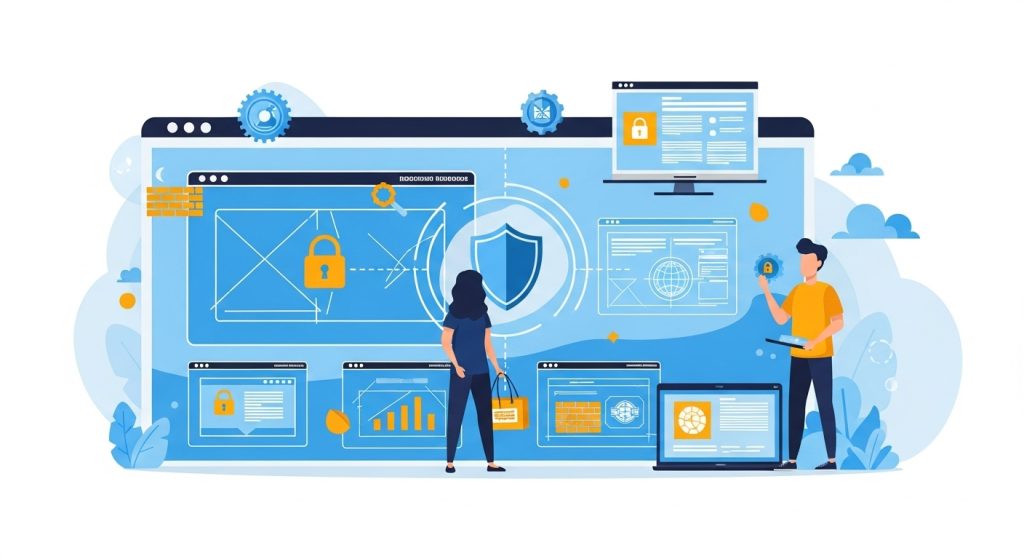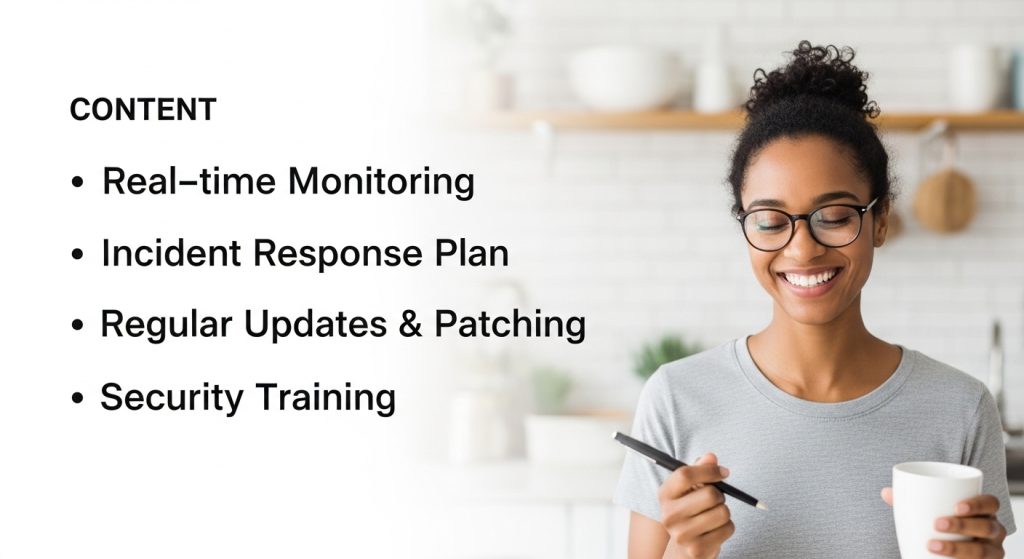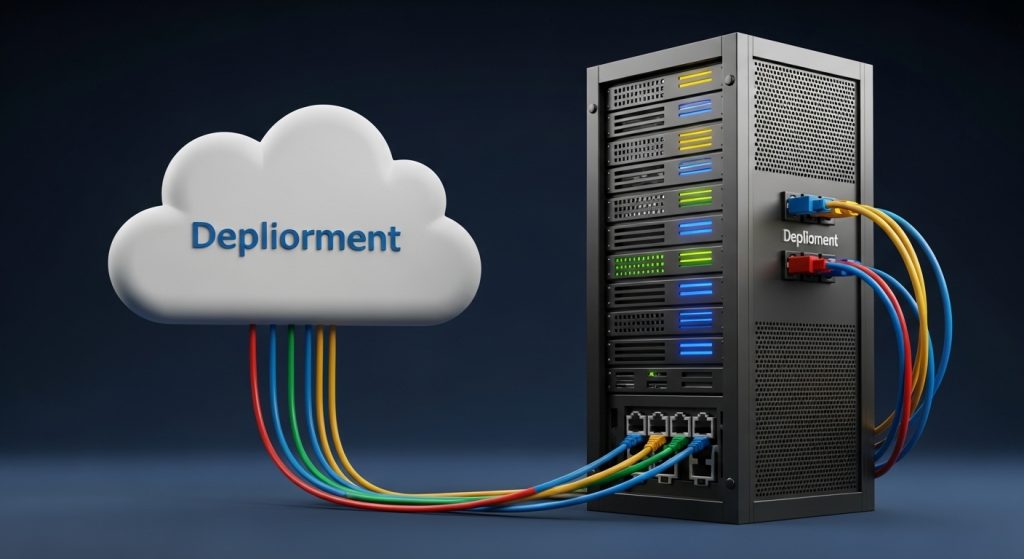
How to Build a Security-First Website: From Planning to Launch
How to Build a Security-First Website: From Planning to Launch
Every year, thousands of businesses lose their reputation, revenue, and ranking — not because they had poor design or bad content, but because they ignored the most important part of web development: security.
A website is more than code; it’s your brand’s digital vault. Inside it live your clients’ trust, your proprietary data, and your entire online footprint. One careless plugin update, one weak password, or one misconfigured server can turn a thriving business into tomorrow’s headline: “Company Data Breached — Millions Lost.”
The truth is, no website is too small to be hacked. Attackers don’t discriminate — they automate. And that’s why your design philosophy must evolve from “secure later” to Security-First Design.
ALSO, READ Ransomware Defense on a Budget: EDR vs. MDR vs. SIEM
This guide will teach you how to build a website that’s fast, functional, and bulletproof — from architecture to deployment — following principles that will still be relevant in 2026 and beyond.
1. Understanding the Security-First Mindset

Building secure websites isn’t just about installing SSL or running antivirus scans. It’s about adopting a mindset — one that treats security as part of every decision, not a patch applied at the end.
Think of your website as a digital building:
- Your hosting environment is the land it sits on.
- Your CMS and codebase form the structure.
- Your plugins and users are the doors and windows.
If any of those remain unlocked, intruders will find their way in.
The Security Pyramid
- Secure Design: Prevent flaws before writing code.
- Secure Development: Follow clean, validated coding practices.
- Secure Deployment: Harden servers and restrict access.
- Secure Maintenance: Continuous monitoring, patching, and auditing.
When all four levels align, your website becomes not just functional — but resilient.
2. Phase One: Secure Planning and Architecture
Before you write a single line of code, define your security baseline.
2.1 Choose the Right Hosting Environment
Your host is your first defense layer. Avoid cheap shared hosting where hundreds of unknown sites share resources and risks.
Look for:
- Built-in DDoS protection
- Regular backups (daily or hourly)
- Malware scanning and isolation
- Server-level firewalls (e.g., Imunify360, ModSecurity)
- 24/7 monitoring and SLA uptime guarantees
If you’re hosting for clients, go with cloud-managed platforms like AWS, DigitalOcean, or Cloudways, where security configurations are controllable and transparent.
ALSO, READ Microsoft 365 for SMEs: Conditional Access & Safe Sharing
2.2 Design With the Principle of Least Privilege

Every system component — users, apps, and scripts — should have only the access they need.
- Admins manage.
- Editors publish.
- Viewers read.
No overlap. No exceptions.
2.3 Secure Site Architecture
Map your site flow early. Group sensitive areas (e.g., /admin, /uploads, /payment) behind extra authentication.
Ensure:
- Separate staging and production environments.
- Config files stored outside the root directory.
- Unique database prefixes (avoid default
wp_).
These micro-decisions create macro-protection.
3. Phase Two: Secure Development Practices
Security starts at the keyboard. Developers hold the keys to prevention.
3.1 Validate All Input
Never trust user input — sanitize everything.
- Use server-side validation for forms and API calls.
- Escape HTML entities to prevent XSS attacks.
- Implement CSRF tokens for form submissions.
Example (PHP):
$name = htmlspecialchars($_POST['name'], ENT_QUOTES, 'UTF-8');
3.2 Protect Against SQL Injection
Use prepared statements or ORM (Object-Relational Mapping) tools. Never concatenate user input directly into queries.
Example (PDO):
$stmt = $pdo->prepare("SELECT * FROM users WHERE email = ?");
$stmt->execute([$email]);
3.3 Use Strong Authentication
- Enforce 2FA for admins.
- Implement secure password hashing (
bcrypt,argon2). - Limit login attempts and add CAPTCHA after failures.
3.4 Secure APIs and Integrations
When using third-party APIs (payment gateways, CRMs, etc.):
- Use HTTPS only.
- Rotate API keys periodically.
- Whitelist IPs where possible.
- Log all failed requests.
4. Phase Three: Server and Network Security
4.1 Secure File Permissions
On Linux servers:
- Directories →
755 - Files →
644 - Never use
777permissions (full public write).
4.2 Configure a Web Application Firewall (WAF)
A WAF acts as a bouncer between your server and the internet. It filters malicious traffic before it touches your site.
Top options:
- Cloudflare WAF
- Sucuri Firewall
- AWS WAF
4.3 HTTPS and HSTS
SSL is no longer optional. It’s a ranking signal and a user trust marker.
Use Let’s Encrypt or paid certificates and enforce HTTPS site-wide.
Add this header:
Strict-Transport-Security: max-age=31536000; includeSubDomains
4.4 Restrict Access with .htaccess
Example (Apache):
<Files wp-config.php>
Order allow,deny
Deny from all
</Files>
Block direct access to config files and limit sensitive directories.
5. Phase Four: Content Management Security
Most attacks exploit outdated CMS software. Keep these essentials locked down.
ALSO, READ WordPress Hardening on cPanel/WHM: Complete Security Guide
5.1 Updates & Patches
Always stay current:
- CMS core updates
- Plugin updates
- Theme updates
Delay = risk.
5.2 Plugin Hygiene
Use minimal, trusted plugins from verified developers.
Audit monthly — delete inactive or redundant ones.
5.3 Admin Protection
- Change default login URLs (
/wp-admin→/login-portal). - Disable file editing via dashboard.
- Use strong, random admin usernames (not “admin”).
5.4 Backup Strategy
Follow the 3-2-1 Rule:
- 3 copies of your data
- 2 local but separate devices
- 1 offsite (cloud) backup
Automate it. Never assume yesterday’s backup exists until you test it.
6. Phase Five: Front-End Security and User Trust
6.1 Input & Output Sanitization
Protect every contact form, search box, and comment field. Attackers use them for code injection or spam links.
6.2 Secure Cookies
Mark cookies as Secure and HttpOnly.
Example:
document.cookie = "sessionID=12345; Secure; HttpOnly; SameSite=Strict";
6.3 Use Content Security Policy (CSP)
CSP restricts what resources browsers can load, preventing XSS and clickjacking.
Content-Security-Policy: default-src 'self'; img-src 'self' https:;
6.4 Avoid Mixed Content
Ensure all external assets (fonts, scripts, images) load via HTTPS. Mixed content undermines encryption.
7. Phase Six: Deployment & Hardening
7.1 Use CI/CD for Secure Deployment
Continuous Integration pipelines prevent human errors during release. Automate testing, scanning, and version control (GitHub Actions, GitLab CI).
7.2 Disable Directory Listings
In Apache, add:
Options -Indexes
Stops outsiders from browsing files.
7.3 Remove Default Files
Delete installation files like /readme.html, /install.php, /license.txt — hackers use them to identify your CMS version.
7.4 Limit Access by IP
For admin areas, allow only your team’s IPs.
8. Phase Seven: Post-Launch Monitoring
8.1 Real-Time Monitoring
Tools:
- UptimeRobot – downtime alerts
- Sucuri / Wordfence – malware scans
- Fail2Ban – brute force prevention
- Cloudflare Analytics – traffic anomalies
8.2 Audit Logs
Record every admin action (login, plugin install, page edits). Detect unauthorized changes fast.
8.3 Vulnerability Testing
Run quarterly penetration tests or vulnerability scans with Nessus, Acunetix, or OWASP ZAP.
9. Integrating Security and SEO

Security and SEO are twin engines of visibility.
A hacked site won’t just lose data — it will lose rankings, authority, and customer confidence.
How security boosts SEO:
- HTTPS improves ranking.
- Faster load = higher UX and dwell time.
- Clean server reduces crawl errors.
- Secure sitemaps enhance indexation.
- Trust seals increase conversion rates.
In 2026 and beyond, Google continues rewarding trustworthy websites.
10. Common Security Pitfalls to Avoid
- Using “admin” as username.
- Storing passwords in plain text.
- Leaving test scripts online.
- Ignoring file permissions.
- Using nulled themes/plugins.
- Delaying security plugin renewals.
- Not testing backups.
- Failing to log admin activities.
Security failure is rarely an accident — it’s neglect disguised as convenience.
11. Future of Web Security (2026–2030)
The next decade will bring hybrid threats — AI-driven attacks, deepfake phishing, quantum decryption — but the foundation won’t change:
- Encryption
- Authentication
- Patching
- Monitoring
Emerging trends to watch:
- Passwordless logins (FIDO2/WebAuthn)
- AI-assisted security monitoring
- Serverless architecture firewalls
- Privacy-centric browsers (Brave, Arc, etc.)
By integrating these early, you future-proof both your SEO and your security posture.
12. Final Thoughts
A beautiful website without security is like a mansion without doors — impressive from the outside, empty inside.
Building with a Security-First mindset transforms how you code, deploy, and manage your digital assets. It saves you from costly downtime, preserves SEO integrity, and builds client confidence.
The internet doesn’t forgive negligence — but it rewards vigilance.
So before your next redesign or plugin installation, ask yourself:
“Am I building something secure enough to protect tomorrow?”
If not, start today. Because the best time to secure your site was yesterday — the next best time is right now.
FAQ
What does “security-first” mean in web development?
It means integrating security practices from the design phase rather than adding them after launch.
What are the best tools for website security?
Use Cloudflare WAF, Sucuri, Fail2Ban, and strong SSL/TLS configurations.
How often should I update my website security?
Monthly for software updates, quarterly for audits, and continuous for monitoring.
Can website security affect SEO?
Yes — HTTPS, site integrity, and speed directly influence rankings and trust
What’s the first step to a secure website?
Choose a reliable host and adopt the least-privilege access model before coding anything




